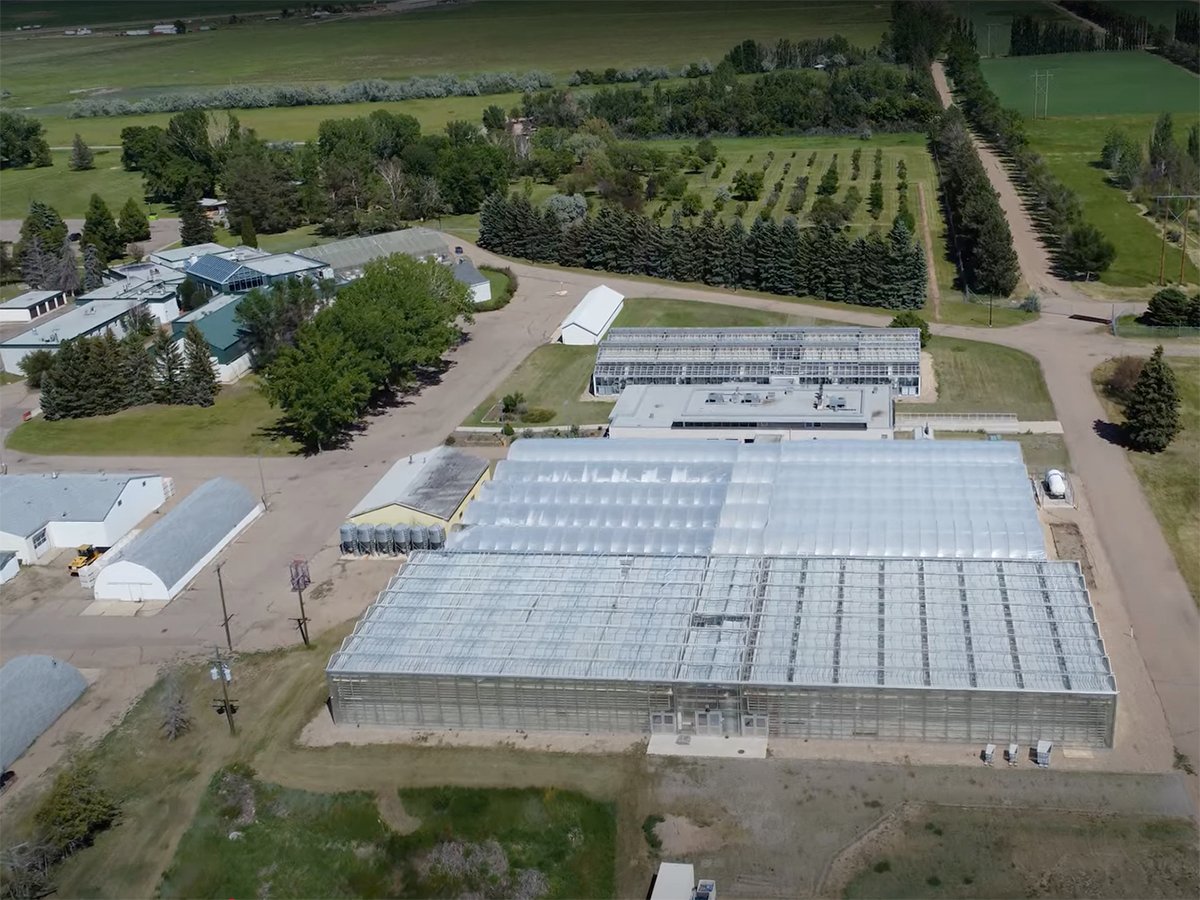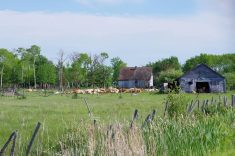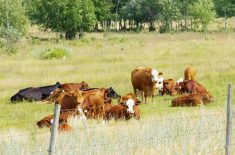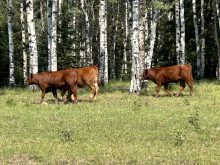NASHVILLE, Tenn. — After 20 years of auditing beef quality, the U.S. cattle industry is showing improvement but still faces challenges.
The most recent national beef quality audit is scheduled for release later this spring but the first phase was circulated to show what progress has been made since 1991.
“With our benchmarking effort, we tried to see where we were having the greatest success and what were those things we needed to improve most,” said meat scientist Gary Smith of Colorado State University.
Preliminary results were released at the National Cattlemen’s Beef Association annual meeting in Nashville, Tenn., Feb.1-4.
Read Also

Alberta crop diversification centres receive funding
$5.2 million of provincial funding pumped into crop diversity research centres
Conducted every five years, each audit has found fewer defects like bruises, abscesses and overweight, said Smith.
The first audit found chemical residue violations in four percent of all carcasses sampled. High residue levels were also present in lamb and swine at that time. Today, chemical residues are detected in fewer than one in 10,000 carcasses sampled.
Since 1989, the number of lesions left by bruises and injections was down by 20 percent.
Education programs through the voluntary beef quality assurance program were launched 20 years ago to teach proper injection techniques and handle animals better to prevent injuries.
The 2005 audit found 77.5 percent of all cattle slaughtered had no defects. That audit said defects cost nearly $280 per head. The 2011 calculations will be available later.
The 2011 audit surveyed government, feeders, packers, food distributors and retailers to define quality and their willingness to pay for certain attributes.
Those dealing with live cattle often had different goals than those selling beef to the consumer, said Keith Belk of Colorado State University.
Cattle’s production history was important to all surveyed but retailers and distributors valued it most because they deal directly with consumers.
Composition of the carcass most concerned packers who are trying to discourage overweight or damaged carcasses.
When asked to rank the most important genetic qualities, four of five groups surveyed said black hide is the most important attribute rather than marbling or tenderness.
“We were surprised by that answer,” Belk said.
Some qualities like food safety are non-negotiable and are expected.
Retailers and restaurants expect processors to test for pathogens to ensure the product is free of bacteria like E.coli.
Four of the five groups listed humane handling as important and all equated sustainability with being environmentally friendly.
They were also asked about what qualities were worth a premium.
Feeders rated eating quality highly and said they were willing to pay more for that as opposed to weight and size. The cooler assessment of carcasses showed a wide range of quality and size.
“The biggest change we have seen for this audit is the volume of information being captured by various instrument grading approaches,” said Jeff Sable of Texas A & M University.
The computerized system assesses carcass quality and has provided millions of pieces of data about beef going through processing plants.
The survey showed all plants are handling custom programs. All plants split their work week into separate shifts to handle American, Mexican and Canadian cattle separately or set aside time to process hormone free or natural beef, age and source verified programs, branded programs or export beef.
The survey found more heifers are being killed.
In 2005, steers made up nearly 64 percent of the kill and in 2011, 62 percent were males and the rest were heifers.
Some form of identification, including batch or lot numbers, import tags or individual identification, was attached to 97.4 percent of the animals, up from 90 percent in 2005.
In 2011, 61 percent of the cattle had predominantly black hides, compared to 56 percent in 2005. About 12 percent were age and source verified.
The Americans use the A40 system to separate youthful carcasses for the Japanese market where beef must be derived from animals less than 21 months of age. More than 10 percent of carcasses qualified under this system.
In 2005, six percent had side brands and last year, nine percent were branded.
In 2005, more than one-third of the carcasses had bruises where the meat was trimmed away while last year, only 23 percent had blemishes. The decrease in bruises was attributed to better cattle handling and transportation. Most bruises were found in the loin and rib area.
Carcasses continue to get bigger. The average was 825 pounds and 82.7 percent of cattle fit the preferred weights of 600 to 950 lb.
“Now 700 lb. is a light carcass,” Sable said.
The smallest was 300 lb. and the biggest was 1,330 lb. It was a steer that graded Choice and had an 18 square inch rib-eye area.
The largest rib-eye measured 26.7 sq. inches in a steer that graded Select with a carcass weight of 1,165 lb.
The average rib-eye was 13.8 sq. inches.















